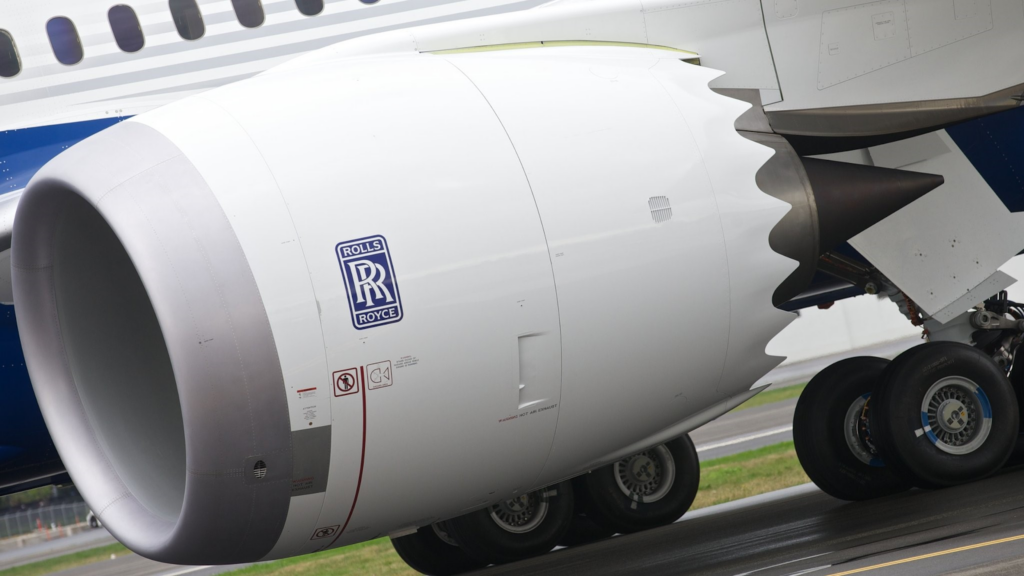In the Leeham News: The various sources of drag that lower an airframe’s effectiveness were discussed last week.
Now, let’s take a closer look at the main categories of drag and how to lessen them. The primary drag that we consider is skin friction drag.

The dynamic pressure of the free stream non dimensionalized the dimensionless skin shear stress that makes up the skin friction coefficient. Any location on a surface in contact with the free stream has a determined skin friction coefficient. At various positions, it will differ.
Skin friction drag reduction:
Skin friction drag is the primary type of drag experienced by an airplane during a cruise. It could be more than or slightly under 50% of total drag, depending on cruise altitude and speed.
When passing air molecules rub up against an aircraft’s surface, air friction drag results. The overall skin surface of the aircraft, or the “wetted area,” determines its size because of this. According to the skin friction drag coefficient and wetted area, the skin friction drag increases in direct proportion.
Low-lying wet area:-
Reducing the wetted area is one method of lowering the dominating drag for an airliner. Making an airplane with effective packaging is the typical way to reduce wetted areas. A high aspect ratio wing should also be included in the design of the aircraft.
Many people assume that reducing induced drag requires a large aspect ratio. It is a mistake made worse by the fact that the induced drag formula does not take into account wing area, whereas the induced drag coefficient does (to normalize the coefficient). Longer wingspan lessens produced drag. The amount of wing area does not affect the amount of induced drag. However, it does have an impact on skin friction drag.
As a result, high-performance wings have a broad span (to reduce induced drag) and a small wing area (to reduce friction drag). A wing with a high aspect ratio (span divided by wing area) is an effective wing since it has a wide span that reduces induced drag and a small wing area that reduces skin friction drag.
Skin friction coefficient that is lower:-
Lowering the skin friction drag coefficient is another method for reducing skin friction drag. It demonstrates measurements of the skin friction coefficient made with flat plates in wind tunnels.

Physical models scaled down for use in a wind tunnel are used. As a result, the Reynolds number, abbreviated Rl, indicates the speed component. The ratio of the flow’s inertial and viscous forces—the latter of which prevents air from deforming—is described by the Reynolds number. You can anticipate the measured data to be transferable to actual flight if the Reynolds number in the wind tunnel matches the Reynolds number of the component (wing, fuselage, etc.) in real flight.
For airliner components (wings, stabilizers, etc.), the Reynolds number varies from 106 to 108. As you can see, the turbulent flow has a Cf of 0.0045, a three times higher drag level than the laminar flow at 106, which has a Cf of 0.0015. When air meets a surface, laminar flow occurs, but when the boundary layer bumps into an irregular surface, it slows down and transforms into a turbulent boundary layer.
For more than a century, aeronautical engineers have worked to postpone the formation of a turbulent boundary layer on an aerodynamic surface as much as they could. To prevent slowing the boundary layer and to prevent tripping a turbulent flow, a surface must have a specific profile.
In reality, it has been challenging to maintain laminar flow beyond the customary 10% of the surface length from the point where the air strikes the wing, fuselage, stabilator, or nacelle.
Boeing added a passive boundary layer suction mechanism to the leading edges of the horizontal stabilizers to increase the area of laminar flow there. The laminar flow was ultimately destroyed by in-service pollution after only a short time in use, and the system added complexity and maintenance without providing any real benefits.
This last reason is characteristic of why laminar flow has not been widely used in practice despite hundreds of projects and testing. Smooth surfaces need to be manufactured with extreme precision, but they also need to be cleaned and maintained regularly while being used.
Summary
The way to reduce skin friction drag on an airplane is to decrease its wetted area. In the following Corner, we’ll examine a unique technique.
The second strategy involves increasing laminar flow inside the airplane. Despite more than a century of research, innumerable tests, and concepts, this has only had modest results. Very little of laminar flow’s potential has materialized; the designs have entered practical service.
[Source: leehamnews.com]
As a highly skilled and experienced content writer, I have a passion for creating engaging and informative content that connects with audiences and inspires them to take action. With over 1 year of experience in the industry, I have honed my writing skills to craft content that is both effective and SEO-friendly.
